DIY countertops can be a great way to save money and add a personal touch to your kitchen. While there are many professional countertop options available, including natural stone, laminate, and quartz, these materials can be expensive and may not fit everyone’s budget.
Some of the links below contain affiliate links, which means that at no extra cost to you, I may earn a small commission if you click through and make a purchase. You can read my full disclosure policy here.
On the other hand, DIY countertops can be made from various materials, ranging from wood and concrete to tile and even repurposed items like old doors or windows.
With a little creativity and some basic DIY skills, you can create a custom countertop that looks great and meets your specific needs and style preferences. In this article, we will explore some of the most popular DIY countertop materials and provide tips on how to make your own custom kitchen countertops.!
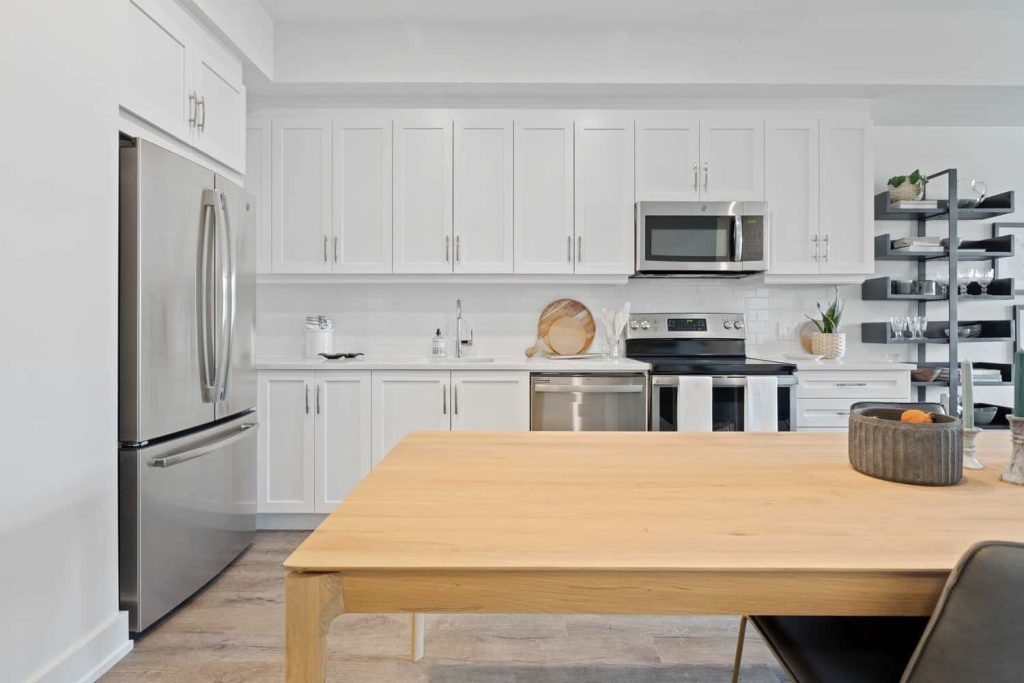
Paint Your Countertops
First things first! Let’s go into the simplest idea. Simply paint (if possible) your current countertop! Rather than wasting so much time shopping or canvassing for a new countertop, just give your current one a new look. Best thing about this idea is that you get to decide what color or look you want.
The process is simple: Take off the old countertop and apply primer to the entire surface of your new countertop. Then cover it with an epoxy finish or paint.
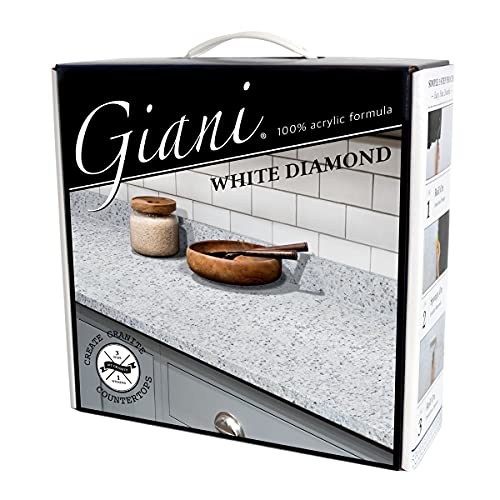
Painting your kitchen countertops is an easy way to give the room a fresh new look. You can paint them white, gray or black. Painting is an inexpensive way to update your kitchen without spending a lot of money.
If you have been thinking about painting your countertops but aren’t sure where to start, consider using some of these cheap kitchen countertop ideas.
1. Painting the countertops with chalkboard paint will add a fun, playful element to any kitchen design. It also lets you use different colors and patterns to create a unique look for your space.
2. Paint your counters white to brighten up the room and make it feel more open and airy. This will be especially appealing if you have a dark-colored kitchen that feels closed in or claustrophobic, like many older homes do.
3. If you want something that is neutral enough to go with any color scheme but still stands out as unique, use painted wood trim as part of your design instead of just plain wood panels across the top of each cabinet or shelf unit.
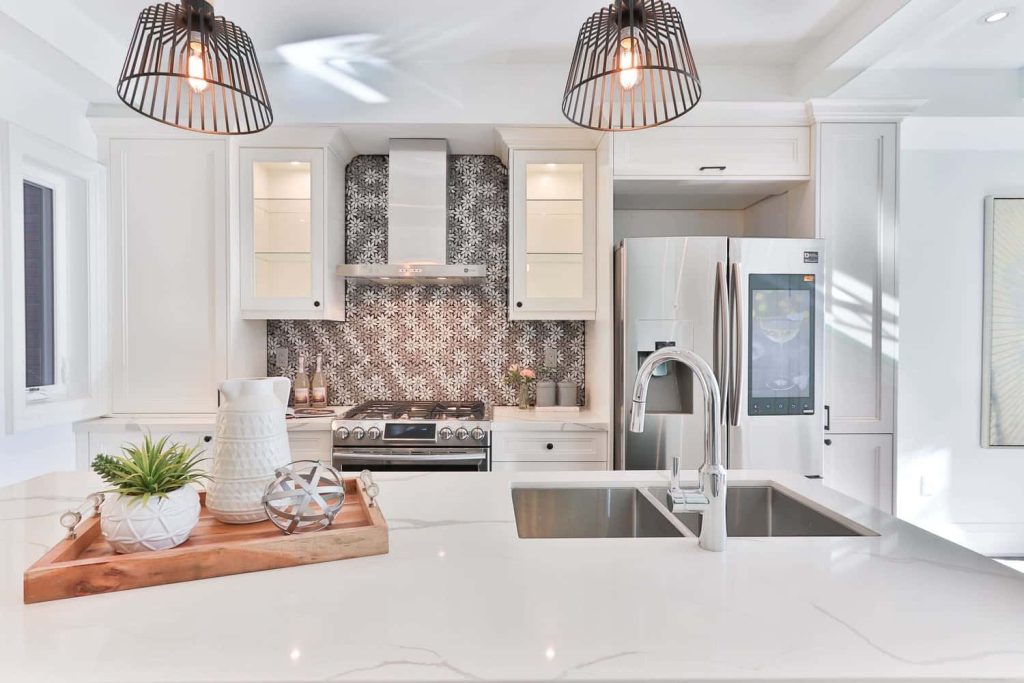
Fake it with Contact Paper for Countertops
Contact paper is a thin layer of plastic that can be used in place of a traditional countertop or cabinet. It comes in many different styles, so you can choose one that matches your decor.
Contact paper is easy to install and will save you some money compared to buying new kitchen cabinets. You just need to tape the pieces together on each side, and then apply adhesive around the edges if necessary. The process takes just minutes, so it’s an easy DIY project. This works particularly well on laminate counters or old countertops. And just requires a little patience. If you’re super low on budget but want a redo this is one of the most affordable DIY countertop ideas (but it’s not our favorite!)
You can also purchase contact paper in rolls instead of sheets, which gives you more freedom with design choices and more flexibility when applying them to your home’s walls or other areas.
You can use contact paper to create a unique and inexpensive look. Whether you’re looking for something simple or more elaborate, there are plenty of ways to make contact paperwork for you.
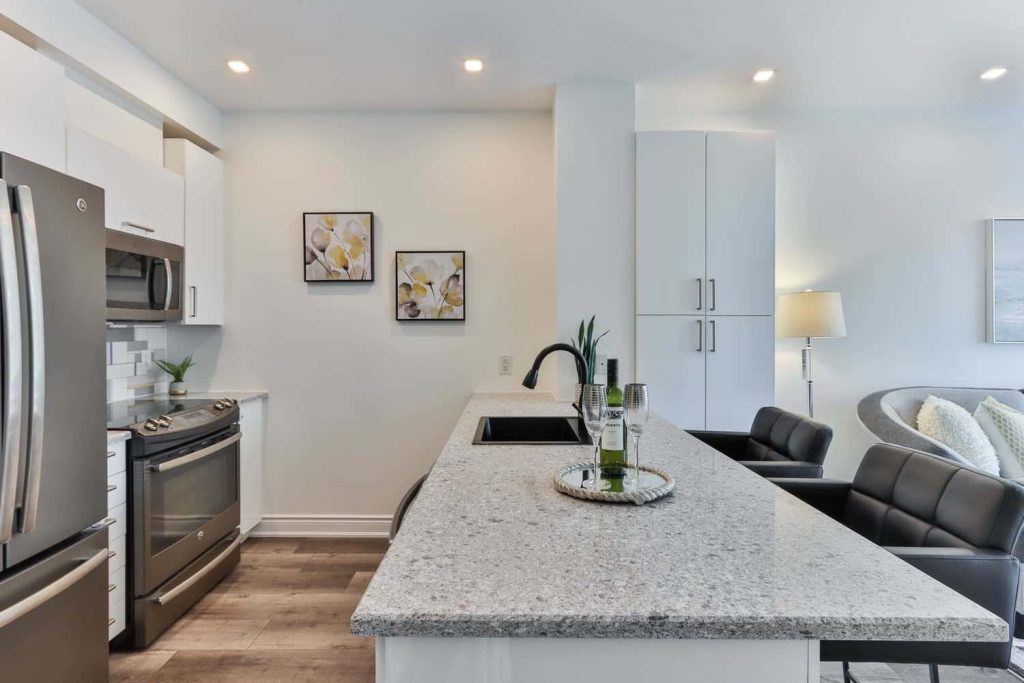
Butcher Block Countertops:
Butcher block countertops are popular for kitchens due to their durability, functionality, and unique aesthetic appeal. Made from strips of wood that are glued together, these countertops offer a warm, natural feel that complements a range of kitchen styles, from modern to rustic.
One of the benefits of butcher block countertops is their durability. The wood used to make them is typically hard and dense, making it resistant to scratches, dents, and other types of damage. In addition, the surface can be sanded and refinished to remove any marks or stains that may occur over time.
Another advantage of butcher block countertops is their functionality. They are an excellent surface for food preparation, as they are hygienic and easy to clean. They are also a great choice for baking and other kitchen tasks, as the surface is easy on knives and won’t dull them over time.
Butcher block countertops require some maintenance to keep them looking their best. They should be oiled regularly to prevent them from drying out and to protect them from moisture. However, with proper care, they can last for many years and add a warm, natural feel to any kitchen.
Overall, butcher block countertops are versatile and durable for kitchens, offering functionality and unique aesthetic appeal. Whether you prefer a modern or rustic style, they can complement a range of kitchen designs and add warmth and charm to your space.

Laminate Countertops
Laminate countertops are popular for kitchen and bathroom countertops due to their affordability and versatility. They are made by bonding several layers of paper or fabric with resin and then applying a decorative layer on top. The final product is a durable and stain-resistant surface that can mimic the look of other materials, such as granite, marble, or wood.
One of the main advantages of laminate countertops is their affordability. They are usually much less expensive than countertop materials, such as natural stone or solid surface materials. This makes them a popular choice for homeowners who want to update their kitchen or bathroom on a budget.
Another advantage of laminate countertops is their versatility. They come in a wide range of colors, patterns, and textures, so it’s easy to find one that fits your design aesthetic. Plus, because they are man-made, they can be customized to fit any size or shape of the countertop.
Laminate countertops are also easy to maintain. They are non-porous, so they don’t absorb stains or bacteria. They can be cleaned with mild detergent and water, making them an excellent choice for families with young children or pets.
However, there are some disadvantages to laminate countertops. They are not as durable as other materials, so they can scratch and chip over time. They are also not heat-resistant, so hot pots and pans should not be placed directly on the surface. Additionally, laminate countertops are not as long-lasting as other materials, and may need to be replaced more frequently.
In conclusion, laminate countertops are a great choice for homeowners who want an affordable and versatile countertop option. While they may not be as durable or long-lasting as other materials, they are easy to maintain and come in a wide range of colors and textures to fit any design aesthetic.

Marble Countertops
Marble countertops are a type of countertop that we aren’t recommending for your DIY needs. But it’s vital that we explain the different types of kitchen worktops that you might come into contact with at home depot or other retailers. Marble is a luxurious and elegant choice for kitchen and bathroom surfaces. Marble is a natural stone formed from limestone, and it has been prized for its beauty and durability for centuries. It comes in various colors and patterns, and each slab is unique.
One of the main advantages of marble countertops is their beauty. Marble has a classic, timeless look that can add a touch of elegance to any space. It also comes in various colors, ranging from white and gray to pink and green, so it’s easy to find a slab that fits your design aesthetic.
Another advantage of marble countertops is their durability. Marble is a dense and hard stone that can withstand a lot of wear and tear. It is resistant to scratches and chips and can handle heat without damage. With proper care and maintenance, marble countertops can last for many years.
However, there are some disadvantages to marble countertops. One of the main drawbacks is their cost. Marble is a premium material that can be quite expensive to purchase and install which is why we aren’t recommending it.
Also, marble is a porous stone, which can absorb liquids and stains if not properly sealed. This can make it more challenging to clean and maintain than other countertop materials.
Another consideration with marble countertops is their susceptibility to etching. Marble is composed primarily of calcium carbonate, which reacts with acidic substances. This means that if you spill something acidic, such as lemon juice or vinegar, it can etch the surface of the marble and leave a permanent mark. It’s important to clean up spills quickly and avoid using acidic cleaners on marble countertops.
In conclusion, marble countertops are a beautiful and durable choice for homeowners who want a luxurious and timeless surface in their kitchen or bathroom. While they may be more expensive and require more maintenance than other materials, the unique beauty of marble can be well worth the investment.

Concrete Countertops
Concrete countertops are extremely durable, but they are also one of the most affordable options. They tide you that look of natural stone in some cases, depending on the type of concrete used. You can find concrete countertops in any size you want, and they’re available in several colors. You can use them for any type of kitchen “from a small home kitchen to a large commercial kitchen” so they’re perfect for any budget.
The main benefit of using concrete counters is that they’re exceedingly strong and will last for years without needing any maintenance or repair. They’re also easy to clean because there’s no need for chemicals or scrubbing required when cleaning the surface. A final benefit of using concrete counters is that they come in many sizes, shapes, colors and textures, so you can choose whatever suits your needs best.
Concrete countertops are one of the most popular options when it comes to cheap kitchen countertops ideas because they offer so many advantages over other materials such as wood or stainless steel.
The cost of building a concrete countertop is a fraction of what it would cost to buy one, and it is also easy to install. If you have the necessary skills, you can even do it yourself.
The first step in this process is to decide on the design for your concrete counters. You will need to think about things like how you want to arrange the tiles and if there should be any grout lines between them. You will also need to consider how much room you have available, as well as where exactly you plan on placing your sink and stove top.
After making all of these decisions, you can begin building your concrete countertops. This process involves mixing cement with sand and gravel in order to form blocks out of these materials. Once the blocks are formed and dried out, they are placed on top of each other using wood or metal support beams that are attached at regular intervals along their length.
Once everything is set up properly, you can then start installing your new countertops by applying mortar along their lengths and filling in any gaps that may exist between them with special grout compounds or sealants.
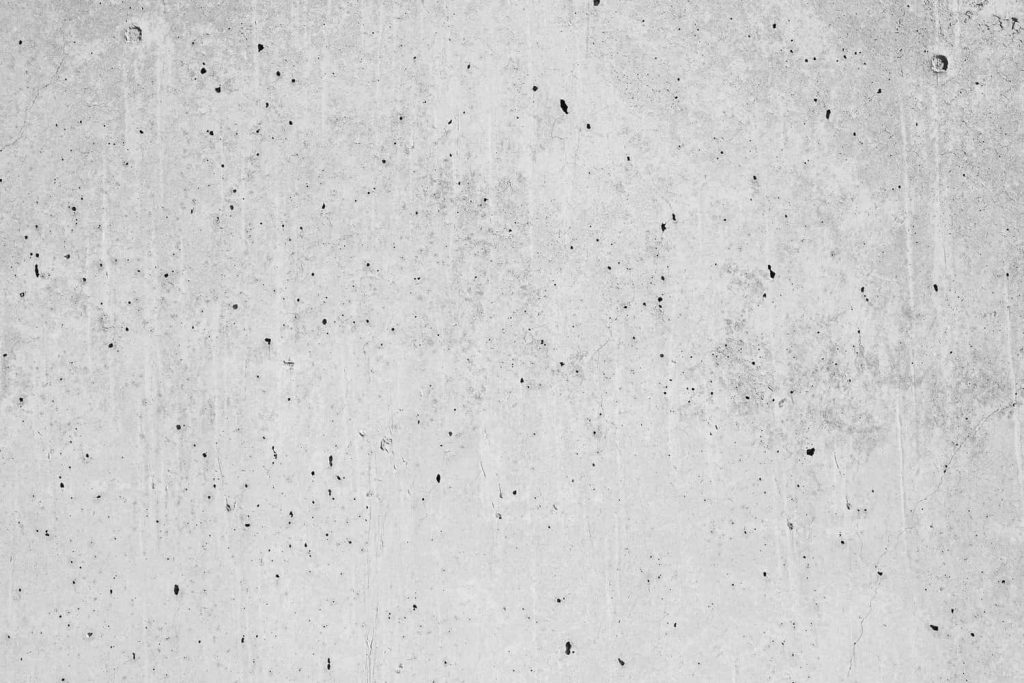
Kitchen Wood Bar Countertop Replacement
If you have the space and are looking to add a new look to your kitchen, you may want to consider replacing your existing countertop with wood. This can be a great way to update your kitchen without spending a lot of money. And you may want to check out ideal houseplants for beginners as the wood bar countertop goes supremely well with plants.

You can choose from a variety of wood for your new countertop, including oak and cherry. You will also find that there are ways you can customize the look of your new countertop by choosing different finishes and types of hardware.
A good place to start when thinking about replacing your kitchen countertop is by considering the style of your home and then choosing one that fits in with those features. For example, if you have an open floor plan, then it might make sense to choose one that has an open design or even one that has some type of pattern on it so that it looks less like a solid piece of wood.

Salvaged Wood is Another Good Option
Salvaged wood is a good option for inexpensive kitchen countertop ideas. It’s a great way to add character and beauty to your home. You can use it in kitchens, dining rooms, and even as a bed frame.
Salvaged wood is comprised of items that have been discarded by people who no longer need them. These items are then cut into pieces and sold as lumber or other materials. If you are looking for inexpensive kitchen countertop ideas, then salvaged wood is something that you should consider using in your home.
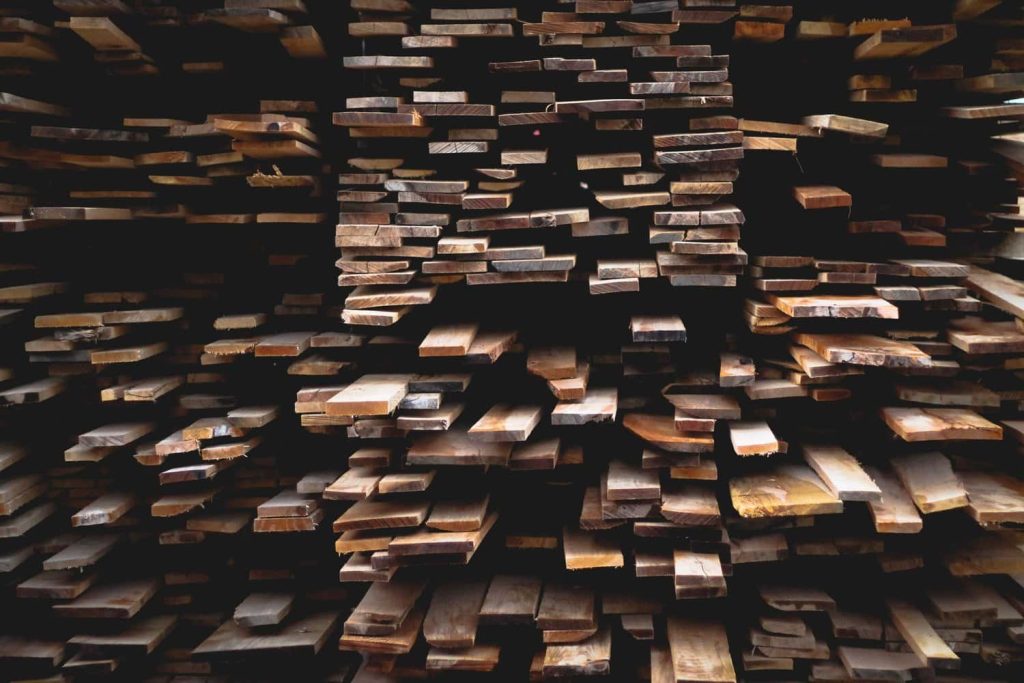
We can find salvaged wood at many stores around the country. You might even find it at your local hardware store or lumberyard. If you live in an area where there are many salvage yards, then this could be one of the best options available to you when it comes to finding inexpensive kitchen countertop ideas.
We can also find salvaged wood online if you do not live near any salvage yards or hardware stores that carry it. If this happens, then there will be certain websites out there that specialize in selling this type of material for use with DIY projects like building furniture or cabinets.

Break Out Your Countertop Paint Kit!
Painting your countertop can give your kitchen (or even the bathroom) an entirely new look and feel. You can paint the countertop to match any color scheme or design that you have in mind.
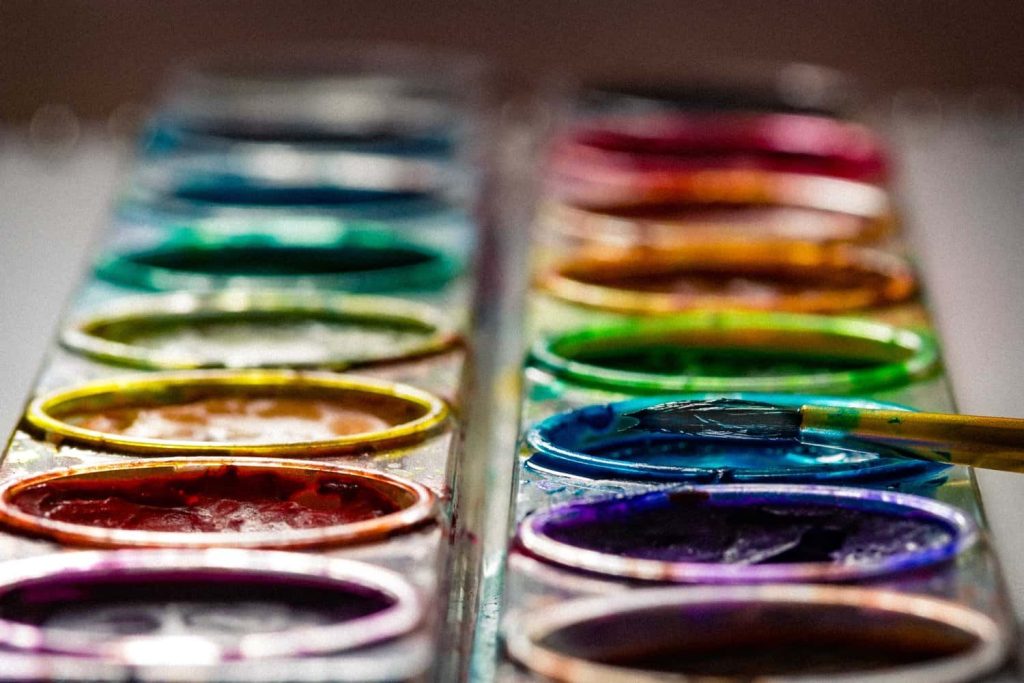
Check out these ideas for painting your own countertop:
1. Painting the countertop white will make it look clean and bright, while adding some texture with a wood grain texture will add interest to the room.
2. Adding gray tones to the walls will help make the room look more spacious and open instead of closed off because of the soft green walls.
3. Using different colors of paint on different parts of the countertop will create movement and give it more visual interest than if all areas were painted one color throughout the entire surface area of the countertop.
4. Choose a color that complements your cabinets and appliances. If you have light-colored cabinets, choose a light-colored stain or cream paint. If you have dark-colored cabinets and appliances, choose a darker stain or cream paint.
5. Use an undercoat primer before applying the first coat of finish paint. This will protect the surface from any scratches or dings before the finish coats are applied. This step is especially important for wood floors since they are more susceptible to damage from scrapes and bumps than other surfaces, such as ceramic tile or vinyl flooring.
6. Use two coats of finish paint on all exposed surfaces of your kitchen countertops so that there are no visible areas where bare wood shows through after drying out.
Cultured Stone Countertop is less expensive
Than marble or granite, that is.
Cultured stone countertops are a great option for your kitchen. They are durable, easy to clean, and come in a variety of colors and patterns. Cultured stone countertops come in many types including:
Cullet – Cullet is the leftover material from the manufacturing process of cultured stone. It can be used as an aggregate for other products, such as concrete or gravel.
Mosaic – Mosaic is a patterned surface resembling marble or granite.
Marble – Marble can be used for both interior and exterior projects. It is an excellent choice for kitchens because it provides durability, beauty and ease of maintenance.
Porcelain Tile – Porcelain tile is made from ceramic materials that include clay, silica or feldspar. The porcelain tiles come in many colors and patterns, including the traditional English style tiles, which are known as Belgian Tiles.
Porcelain tile is a popular choice because of its durability, ease of cleaning and ability to withstand extreme temperatures without cracking or chipping away at the corners like other types of tile do over time under high heat conditions.

DIY kitchen countertops can be a great way to save money and add a personal touch to your home. With the right materials and some basic DIY skills, you can create a custom countertop that looks great and meets your specific needs and style preferences. The possibilities for DIY countertops are endless, from traditional materials like wood and concrete to unique options like repurposed items.
However, it’s important to remember that DIY projects can be time-consuming and may require some trial and error before you get the final result you’re looking for. Additionally, while DIY countertops can save you money in the short term, it’s important to consider your chosen materials’ long-term cost and durability. With these factors in mind, DIY countertops can be a fun and rewarding project for anyone looking to update their kitchen on a budget.
Other Content from DGAF Decor
12 Dining Table Centerpiece Ideas to Set Your Table Apart From the Rest!
How to Make a Small Room Look Big AF
31 Stupid Simple and Gorgeous Mason Jar DIY Decor Ideas
Easy No-DIY Ideas to Upgrade Your Space With These Simple Home Decoration Ideas
